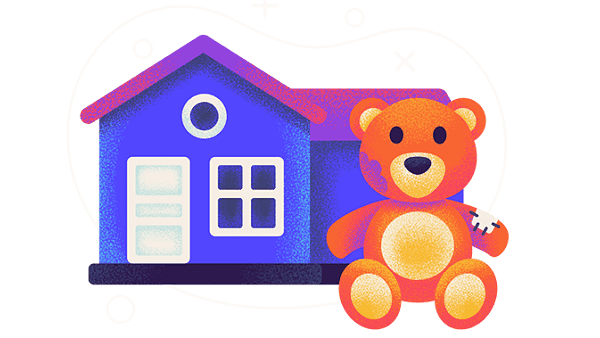FAQ: Understanding the 2025 WalletHub Study on States With the Most Underprivileged Children

Summary
The WalletHub study highlights the states with the most underprivileged children in 2025, using 25 key measures of neediness to raise awareness during Child Support Awareness Month.
What is the purpose of the WalletHub study on underprivileged children?
The study aims to bring awareness to the condition of underprivileged children across the U.S. by comparing states based on 25 key measures of neediness.
Which states have the most underprivileged children according to the study?
New Mexico, Alaska, and Louisiana top the list, with other states like Mississippi, West Virginia, and the District of Columbia also ranking high.
What are some key statistics from the study?
Louisiana has the highest child food-insecurity rate, Mississippi has the most infant deaths, West Virginia has the highest share of children in foster care, Texas has the highest share of uninsured children, and Massachusetts has the highest share of maltreated children.
Why is this study significant?
It highlights the disparities in child welfare across states, emphasizing the need for targeted support and policies to address underprivileged children’s conditions.
How was the study conducted?
WalletHub compared all 50 states and the District of Columbia across 25 key measures of neediness, including poverty rates, food insecurity, and child maltreatment rates.
When was the study released?
The study was released in August, coinciding with Child Support Awareness Month.
Where can I find more information about the study?
More details can be found in the full article linked in the content or on WalletHub’s website.
What can be done to help underprivileged children in these states?
While the study doesn’t specify actions, raising awareness and supporting policies and programs aimed at reducing child poverty and improving welfare can be beneficial.
How does Massachusetts compare to other states in terms of child welfare?
Massachusetts has the lowest child food-insecurity rate and share of uninsured children but the highest share of maltreated children, showing mixed results in child welfare.

This story is based on an article that was registered on the blockchain. The original source content used for this article is located at citybiz
Article Control ID: 138824